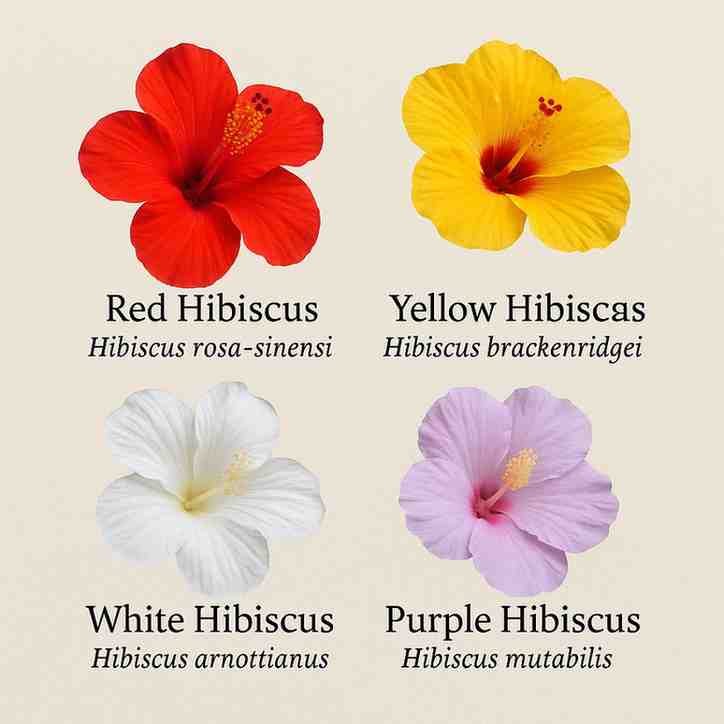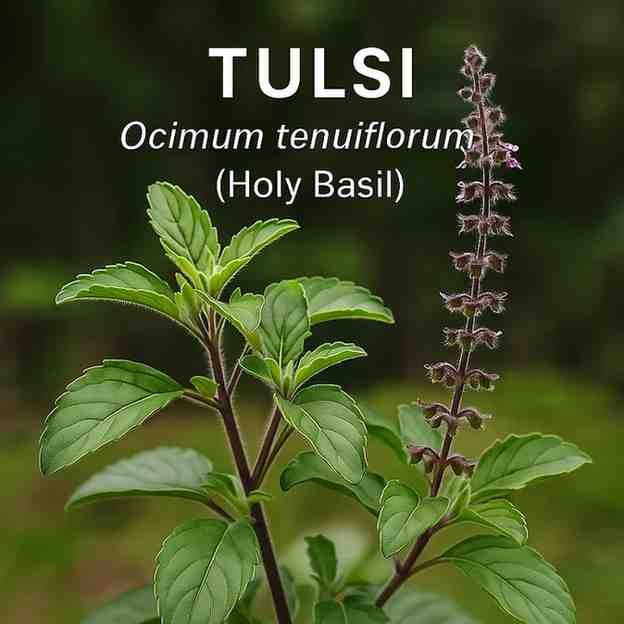What is the scientific name of tomato? The tomato scientific name is Solanum lycopersicum.
The tomato is a well-known plant that belongs to the Solanaceae family and is renowned for its edible, juicy fruits, which are used in a wide range of recipes around the globe. In this article, you are going to learn about tomoto scientific classification, utility, benefits of the tomato, its types, and other relevant facts like its Latin name, plant structure, and tomato fruit borer pest.
What Is the Scientific Name of Tomato?
Solanum lycopersicum is the biological name of a tomato. It is named according to the botanical Latin system. This helps to ensure the correct identification of tomatoes worldwide. The word “Solanum” refers to a large flowering plant group, including eggplants and potatoes, and the word “lycopersicum” means “wolf peach” because of old beliefs that European people thought tomatoes were poisonous.
The first settlers to cultivate tomatoes were indigenous Central and South Americans. The Spaniards introduced the fruit to Europe during the sixteenth century, a period when it rapidly became a staple food crop. Currently, tomatoes are grown almost everywhere in the world, and they have become one of the most consumed fruits on Earth.
Botanical Classification of Tomato
Tomatoes are plants that have individual characteristics. The complete biological classification of such plants is shown here:
| Rank | Name |
|---|---|
| Kingdom | Plantae |
| Clade | Angiosperms |
| Clade | Eudicots |
| Order | Solanales |
| Family | Solanaceae |
| Genus | Solanum |
| Species | lycopersicum |
| Scientific Name | Solanum lycopersicum |
Meaning and Pronunciation of tomato
Meaning of Tomato Scientific Name:
- Solanum: Latin, denoting belonging to the family of nightshades.
- Lycopersicum: Derived from Greek meaning ‘wolf-peach’ (lyco = wolf; persicum = peach).
It was called so as it was then thought that tomatoes would be harmful like wolves.
Pronunciation of Tomato Scientific Name:
- Solanum: /sə-LAY-num/
- lycopersicum: /ly-koh-PER-si-kum/
- Full pronunciation: suh-LAY-nun ly-koh-PER-si-kum
It was called that because people once considered tomatoes to be as dangerous as wolves.
Structure, size, and growth of a tomato plant
The tomato plant is herbaceous. That is, it does not grow like a tree trunk but has a fairly flexible green stem. It is a short-lived, usually perennial plant in tropical regions, but generally grown as an annual elsewhere.
Key Features:
- Height: 3 to 10 feet, depending on the variety and support system
- Stem: hairy and weak, often requires staking or caging
- Leaves: Compound, many lobes, dark green
- Flowers: yellow, self-pollinating, 5-6 petals
- Fruits: fleshy berries with many seeds
Tomatoes are dicotyledonous because their seeds produce two embryonic leaves. They can be grown in containers, fields, or greenhouses, and they propagate through seed or cutting.
Is a Tomato a fruit or a vegetable?
This is often one of the most common questions asked.
Scientifically:
That’s right, it is a fruit; more specifically, it is a berry, since it develops from the ovary of a flower and bears seeds.
In Cooking:
Tomatoes are fruits commonly utilized as vegetables for their savory flavor and other culinary applications. That is, salads, curries, sauces, soups, and others.
Fun Fact:
Tomatoes were ruled by the U.S. Supreme Court in 1893 as vegetables, hence taxed as non-fruits, due to their culinary use.
Tomato Types and Varieties
Tomatoes come in different colors, sizes, and textures. Here are some popular tomato types:
| Type | Description | Common Uses |
|---|---|---|
| Cherry | Small, round, juicy | Salads, snacks |
| Grape | Oblong and sweet | Roasting, lunchboxes |
| Roma | Thick, meaty, low in juice | Sauces, pastes |
| Beefsteak | Large, meaty, ribbed | Burgers, slicing |
| Heirloom | Open-pollinated, colorful, flavorful | Gourmet dishes |
| Green Zebra | Green even when ripe, tangy | Salads, presentation |
| Black Krim | Purple-black skin, rich flavor | Sandwiches, grilling |
Each variety offers unique textures, flavors, and acidity levels. Growers select varieties based on taste, climate, and pest resistance.
Tomato Size, Shape, and Nutrition
Tomato Size and Shape:
- Cherry: Approximately 2-3 cm
- Roma: Approximately 5-7 cm
- Beefsteak: Up to 10-12 cm
Tomatoes commonly tend towards red, but they can occur in various colors, including yellow, orange, green, purple, or with stripes. The characteristics of the fruit:
- Soft and juicy
- Acidity or sweetness, depending on the variety
- With seeds arranged in gel-like chambers
Nutritional Benefits of Tomatoes
Tomatoes are low in calories but packed with nutrients.
Per 100g (raw):
- Calories: 18
- 95% water
- Carbohydrates: 3.9 g
- Protein: 0.9 g
- Fiber: 1.2 g
- Vitamin C: 21% of the RDA
- Lycopene: 3,000-8,000 mcg
Key Health Benefits:
- Heart protection: Lycopene reduces LDL oxidation.
- Skin Health: Vitamin C assists in collagen formation.
- Antioxidant: Phytochemicals protect cells from damage.
- Bone Strength: Vitamin K and calcium support bones.
- Weight-Friendly: Low-calorie, keeping you full, and keeping you hydrated.
Tomatoes are best for salads, sauces, soups, juices, and even skin treatments.
Tomato Plant Leaves and Flowers
Tomato Leaf
Tomato leaves are very compound, with deep lobes. They emit an earthy aroma that is distinct. The leaves also have fine trichomes (hairs) that reduce water loss and fend off pests.
| Feature | Description |
|---|---|
| Shape | Pinnate (compound) |
| Texture | Hairy, soft |
| Color | Medium to dark green |
| Function | Photosynthesis, pest resistance |
💡 Note: Tomato leaves are not edible because they contain a small amount of alkaloids such as tomatine.
Tomato Flower
- Color: Yellow
- Structure: Star-shaped, with five to six petals
- Pollination type: Self-pollinating (male and female parts present)
- Timing: Flowers appear approximately 30-45 days after planting
Tomato Plant Life Cycle and Development Stages
Here’s how a tomato plant grows from seed to fruit:
| Stage | Timeline | Description |
|---|---|---|
| Germination | 5–10 days | Seed sprouts |
| Seedling | 2–3 weeks | Leaves develop |
| Vegetative | 3–5 weeks | Rapid leaf & stem growth |
| Flowering | ~6 weeks | Yellow flowers bloom |
| Fruit setting | 7–9 weeks | Small green tomatoes form |
| Ripening | 10–12+ weeks | Fruit turns red/yellow/orange |
Tomatoes require full sunlight for about 6-8 hours, well-drained soil, and moderate watering. Overwatering can cause root rot.

